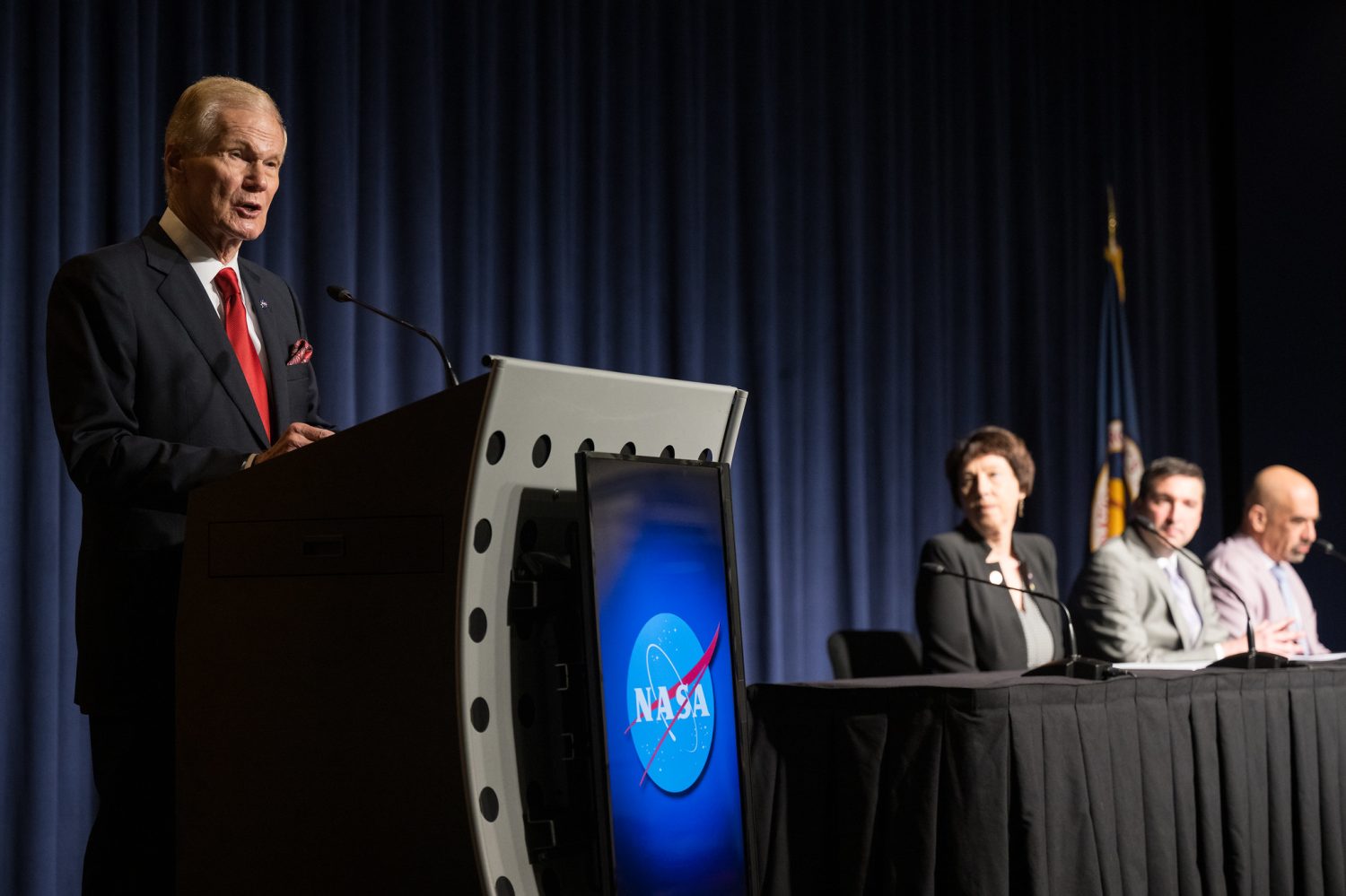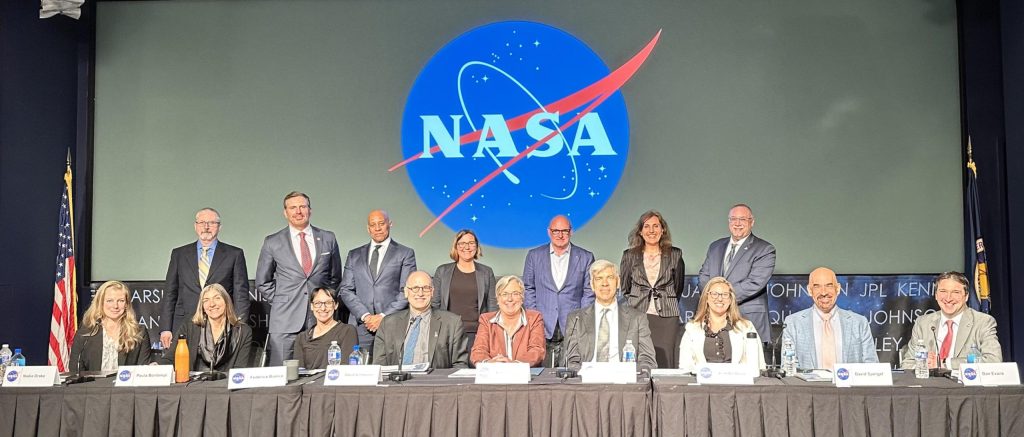
NASA has taken a significant step in acknowledging the enigma of unidentified anomalous phenomena (UAP) with the appointment of its first-ever Director of UAP Research. The decision comes after a yearlong independent study into reported sightings of these mysterious flying objects, more popularly known as UFOs.
The study, conducted by NASA, concluded there is much to learn about these phenomena. While there’s no evidence suggesting an extraterrestrial origin, the true nature of UAPs remains a mystery. Many sightings have been attributed to mundane sources such as planes, drones, balloons, or weather conditions.
NASA Administrator Bill Nelson emphasized the need to shift the conversation “from sensationalism to science.” Despite the uncertainty surrounding UAPs, Nelson remains optimistic about the existence of extraterrestrial life, even though NASA’s own scientists estimate the likelihood at “at least a trillion.”
The identity of NASA’s new Director of UAP Research remains undisclosed, a decision attributed to threats and harassment faced by the team behind the independent study. This secrecy is aimed at preserving the freedom of scientific thought and ensuring a rigorous and rational process.
The findings from the study were released in a 33-page report, emphasizing the need for a systematic approach to understanding UAPs. The report highlights the role of artificial intelligence and machine learning in analyzing vast datasets related to these unknown phenomena, with NASA’s expertise playing a crucial part in this endeavor.

Public engagement and open reporting are also considered essential components of UAP research. The study of unidentified anomalous phenomena presents a unique scientific opportunity, demanding a rigorous, evidence-based approach.
NASA, with its extensive expertise and global reputation for scientific openness, is well-positioned, according to many in the space industry, to contribute to UAP studies within a broader government framework led by the All-domain Anomaly Resolution Office.
Join our Discord Server: Join the community with forums and chatrooms about space!
Leveraging its Earth- and space-observing assets, along with historic and current data sets, NASA can probe environmental conditions associated with UAP occurrences. Collaboration with the U.S. commercial remote-sensing industry, powered by Earth-observing satellites, offers a complementary approach.
Challenges in UAP data analysis, including sensor calibration and the lack of standardized reporting, can be addressed through NASA’s expertise, touts the agency. Integration of artificial intelligence and machine learning is essential, requiring NASA’s leadership in computational techniques.
Public engagement and reducing stigma surrounding UAP reporting are vital aspects, with NASA’s involvement playing a crucial role, say those close to the organization.
Lastly, NASA’s Aviation Safety Reporting System could provide a valuable database for understanding UAP threats to U.S. airspace safety, furthering the systematic study of these phenomena.
NASA’s involvement in studying UAPs aims to reduce the stigma associated with reporting these phenomena and contribute to a comprehensive, government-wide approach to data collection. Furthermore, the report suggests leveraging existing systems, like the Aviation Safety Reporting System, for a deeper understanding of UAPs, particularly in terms of aviation safety.
In summary, NASA’s appointment of a Director for UAP Research is seen by many as reflecting the agency’s dedication to investigating unknown aerial phenomena with scientific rigor, transparency, and active public involvement, as the agency seeks to unravel one of our planet’s most profound mysteries and unanswered questions.
FTC: We use income earning auto affiliate links. More.



Comments